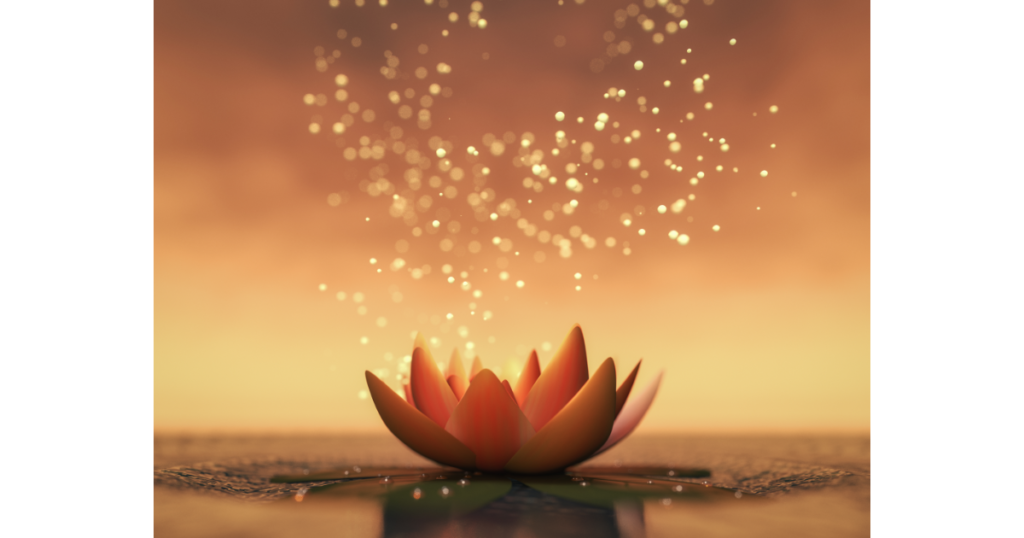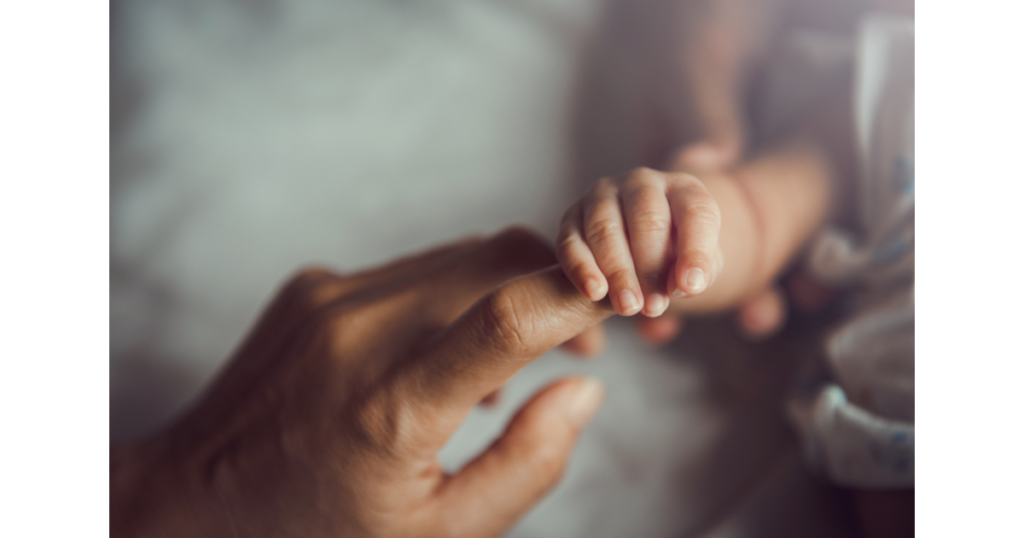An Introduction To Lotus Birth – Part 2

A potent source of information for me was young children.
It was not unusual for children to be at the births that took place at home. In their play, a toy with a cord or pull-along of some sort would very often become a coveted possession.
The toy telephone was probably the toy most fought over. There would be calls of ‘It’s mine! I want it! Give it to me! It’s not fair!’ and tears of loss and grief.
A three-year-old boy, the neighbour of a two-and-a-half-year-old girl, came to her house the morning after her baby brother was born. She ran and greeted her friend and took his hand. I watched them, expecting her to take him to see the new baby, but she took him to the bucket where the placenta lay.
The two of them stood there, wordless, hand in hand; there was a deep silence as they looked and were simply ‘with’ the placenta. ‘Why did they do that?’, I wondered. It was obviously meaningful for them.
Over time, the children kept me on track. At a point, I was doubting the whole placenta ‘business’ and thought it had become obsessive, that maybe I should let it go. I attended a post-birth get-together. Gathered were those who had been present, including children aged six months to eight years.
It was a time to share stories and also look at photos. There were a lot of photos. One of the women was a professional photographer, and the shots were stunning. She put them all out for us to see and told the kids to choose the one they’d like and she would have a copy made for them. Each child (apart from the six-month-old) chose the photo of the placenta! It was definitely a sign for me to keep going with my quest.
We decided to apply the ‘mother leads’ principle to the third stage – we would wait for the mother to determine the time the cord would be cut. When babies were born, placentas would follow, usually 20 to 30 minutes, sometimes much later; the babies would rest with the placenta beside them. It would be about one and a half hours after the birth that the mothers would mention the cord. And it would often be in the way of a question: ‘Shall we cut the cord now?’, not a directive: ‘Now cut the cord’.
As we had no other possibility in our yet-to-be-expanded minds, we would say ‘yes’, and the cord would be cut.
Some babies would fuss and cry. It was obvious to us that the baby was conscious of the cord and its connection to it. The next step in our evolution was to speak to the baby, once the mother had queried us.
We or she would say to the baby: ‘We are going to cut your cord now – is that okay with you?’ This would usually be one and a half hours after the birth. Some babies seemed fine with this and the cord was cut. However, a notable number would respond with squirming, fretting, reaching out and holding onto the cord.
One little fellow I saw began to wring his tiny hands. Another reached out and pushed away at the hand holding the scissors to be used. We were amazed!
In 1982, I compiled a research questionnaire on the third stage that provided me with some very valuable information. I presented it at a seminar attended by pregnant couples, midwives, childbirth educators and doulas.
Research was conducted among 153 women on their and their babies’ experiences of the third stage in the hospital environment. The data collected found that procedures and interventions that were routinely carried out caused discomfort and distress for both mother and baby.
The survey showed a dramatic relationship between the time the cord was cut after birth and the number of days it took for the navel to heal. Immediate cord cutting resulted in navel healing almost 10 days later. Delayed cord cutting meant the navel healed in under 4 days.
Another interesting point was the rate of cord-cutting initiation was highest in doctors (68%), then midwives (22%), followed by fathers (7%) and last mothers (3%).
This is interesting when you consider that in all other mammals the mother in 100% of cases initiates the severing of the cord and then ingests the afterbirth, keeping it in the mother–baby unit. The nutrients are being passed on to the baby via feeding.
Reported reactions of babies to having their cords cut included: ‘gasped, shuddered, screamed, cried louder, whimpered, wringing of hands, began crying’. Mothers’ descriptions of the third stage included: ‘unpleasant, didn’t notice, awful, horrific, a non-experience, foggy, pretty dreadful, disastrous, painful, surprising, lovely, sensuous’.
At the seminar the midwives who rarely cut cords until well after the placenta was delivered spoke of the natural evolution and successful completion of the third stage. The third stage was discussed as a time of potential healing on physical and spiritual levels for the mother and the baby; a time of resolution after the excitement of birth and before the beginning of the fourth stage as mothers, sons and daughters; as an opportunity provided by nature and well worth taking advantage of.
All of this kept me going in one direction. Then one day I was speaking to a woman in a clothing boutique and mentioned my involvement with childbirth and the research I had conducted on the third stage. She said, ‘You would love to speak to a woman who is visiting from America’. She gave me the phone number of Clair Lotus Day, the initiator of Lotus Birth!
I rang Claire and she was just about to leave to catch her plane home. I wouldn’t be able to see her. She told me about Lotus Birth – the practice of leaving the baby ‘whole’ and allowing the cord and placenta to come away from the navel in its own time. A week later material arrived from America which gave accounts of these beautiful births.
Clair Day, a clairvoyant with the ability to see auras, could see the cord trauma damage in people’s auras. In babies who didn’t have that trauma, she saw whole, strong vibrant auras. I think that our auras indicate the health, or otherwise, of our immune system. The information that has come to light while compiling this book not only supports Clair Day’s position but also raises some very disturbing questions about what is being done to newborns and their mothers when the cord is cut immediately after birth.
Lotus Birth had been practised in America for 11 years. I began sharing the information with people via articles in newsletters and workshops and compiled a booklet from the material Clair had sent. People were very interested and many people started leaving their baby’s cord attached for hours after the birth.
It wasn’t until 1986 that Australia’s first full Lotus Birth occurred. On the night of a full eclipse of the moon, the festival of Wesak (one of the high points of the esoteric calendar, the time when the ascended masters are closest to the earth) and the night Haley’s comet left the southern skies, Kushna Warszewski gave birth to Tika, her fourth child, her third home birth, second water birth and first lotus-born baby. It was a first for us all.
Journeying over the next seven days was a passage into the unknown. Kushna had made a beautiful placenta bag during her pregnancy and she found it ideal for keeping Tika’s wrapped placenta. All went well and on the seventh day, Tika let go of her placenta and cord. There have been hundreds of Lotus Births since.
It has been amazing how quickly the information moved. I’ve had enquiries from as far away as Italy! I was teaching regularly in New Zealand at that time and the midwives there loved it. Parents all around Australia, particularly on the East Coast, in Western Australia, Tasmania and Alice Springs, where I hold Women’s Mysteries five-day retreats, have embraced this beautifully profound birthing rite.




